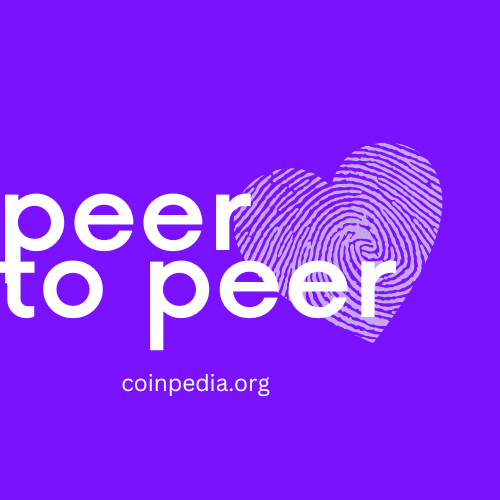In recent years, peer-to-peer (P2P) payments have revolutionized the financial landscape, particularly benefiting underbanked communities. These communities, often marginalized due to limited access to traditional banking services, are now finding financial inclusion and empowerment through the accessibility and simplicity of P2P payment solutions.
Understanding Peer-to-Peer Payments
Peer-to-peer payments involve the direct transfer of funds between individuals using digital platforms. Popular P2P payment apps such as Venmo, PayPal, Cash App, and mobile wallets like M-Pesa facilitate transactions without the need for intermediaries like banks. Users can send money, split bills, and even make small business payments seamlessly.
The Impact on Underbanked Communities
Underbanked communities often face barriers such as high fees, limited physical banking infrastructure, and stringent requirements to open and maintain accounts. Peer-to-peer payments address these challenges by offering:
- Accessibility: Anyone with a smartphone and internet connection can access P2P payment platforms, bypassing the need for a traditional bank account.
- Low Transaction Costs: P2P platforms typically charge lower fees compared to traditional banks, making small transactions affordable.
- Convenience: Transactions are fast and can be completed anytime, anywhere, reducing the reliance on cash.
- Security: Many platforms incorporate encryption and authentication measures to ensure safe transactions.
Real-World Examples
- M-Pesa in Kenya: M-Pesa has transformed financial services in East Africa, enabling individuals to send and receive money, pay bills, and access microloans through their mobile phones.
- Venmo and Cash App in the U.S.: These apps have become vital tools for individuals without access to credit cards or traditional banking, allowing them to participate in the digital economy.
Empowering Entrepreneurs and Small Businesses
Peer-to-peer payments have also empowered small business owners in underbanked communities. Street vendors, artisans, and freelancers can now accept digital payments, expanding their customer base and improving cash flow. This financial flexibility fosters entrepreneurship and economic growth.
Challenges and Future Outlook
While peer-to-peer payments offer numerous benefits, challenges remain. Limited digital literacy, cybersecurity threats, and inconsistent internet access can hinder adoption. However, ongoing efforts to improve financial education and technology infrastructure aim to bridge these gaps.
Conclusion
Peer to peer payments are not merely a convenience but a powerful tool for financial inclusion. By breaking down barriers to traditional banking, these platforms empower underbanked communities to participate more fully in the global economy. As technology continues to advance, P2P payments hold the potential to further drive financial empowerment and economic equality worldwide.





Comments